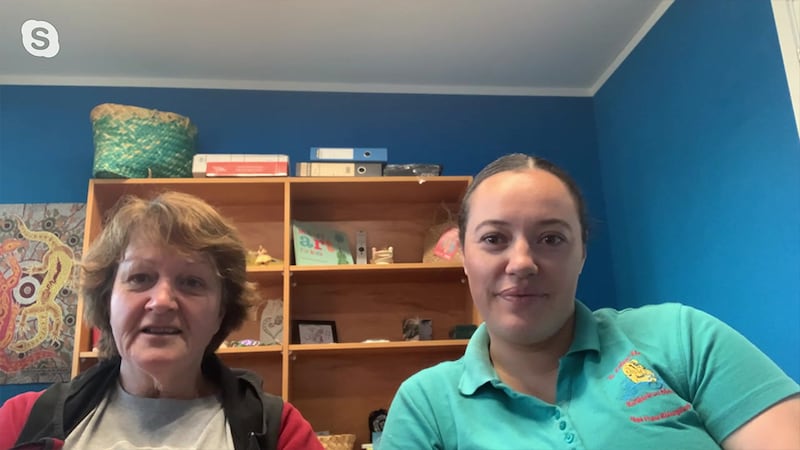Puna reo operators Te Kōhao Health see the $278 million ECE funding boost as a great start. However Tere Gilbert, Kaiwhakahere of Te Kōhao Health says that they will struggle to qualify for some of this increased funding.
“For the 100% qualified band funding that was announced yesterday, it’s going to be very difficult for a centre like ours to obtain 100%,” Tere Gilbert says.
This ‘100% qualified band’ is a pool of pūtea for ECE centres where all of their teachers are fully qualified. It was discontinued under the last National Government and reinstated in the 2020 Budget. It gives ECE institutions the pūtea needed to hire more qualified staff.
“It’s going to be very difficult for a centre like ours to obtain 100%,” Gilbert says.
“We’re specialised in that we have kaiako who speak Māori. We’re an immersion centre and it’s very hard to find qualified kaiako ECE that speak Māori as well.
“That’s our kaupapa. There’s about, over 20 of us in the country.”
Kaiako Puna Reo get a raise
But the new pūtea that Te Kōhao does qualify for, will give qualified ECE teachers a much needed raise. Gilbert gave the caveat this only increases the starting rate for teachers. She quoted them as being an increase of about $4,000-5,000 a year per teacher.
“For teachers, it means their salary is on the way to being on parity with kindergarten," Gilbert says.
“They’ve increased the minimum rate we pay teachers. But they haven’t at this stage looked at the, you know, the leadership positions, or the experienced positions.
“Or like head teachers and that. Those aren’t there yet. But as I said, it’s a step in the right direction.
Inequitable equity
While this new funding does well, to help teachers, Gilbert says that it doesn't address the inequity in reo teaching resources. She says that the 'equity fund' for ECE centres that operate in 'languages apart from English' are funded from the same pool as Te Kōhao.
"We get now $418 a month no matter how many tamariki you have in your centre," she says.
Gilbert worked out that her tamariki are funded at a 37 cents a day to learn te reo. So she wants equity and recognition that te reo Māori is 'our reo'.
“C'mon, how can you resource te reo Māori well on 37 cents a day per child?”
Te Kōhao kaiako Awatea Parker wonders why te reo ECE teachers have yet to achieve pay parity with kindergartens.
"We provide the same service as kindergartens, so I don't understand why the pay (parity) would be different?" she says.

Tere Gilbert (left) and Andrea Parker discuss the new ECE funding - Photo / File
Te hokinga mai
Awatea Parker was happy to see her tamariki return to puna reo. She says that Te Kōhao had planned ahead to accommodate tamariki safely. Slight changes such as how to sign in and out, drop offs and pick ups were made. She says the tamariki did well.
“I must say the tamariki were a lot more settled than what we thought they would be. We did plan for the worst, but I think they were just ready.
“They were ready to be back. We had so many comments from parents during lockdown that tamariki were asking when they were going to come back to Puna Reo," Parker says.
No doubt the Puna Reo will continue to instill te reo me ōna tikanga into the new generation.
